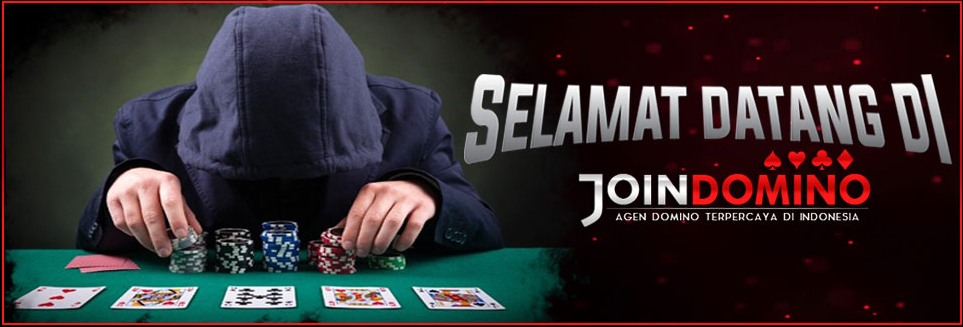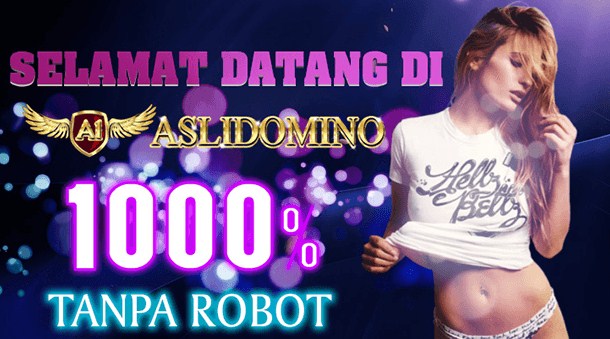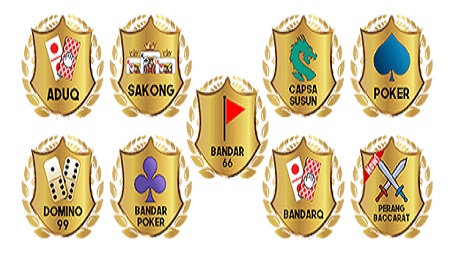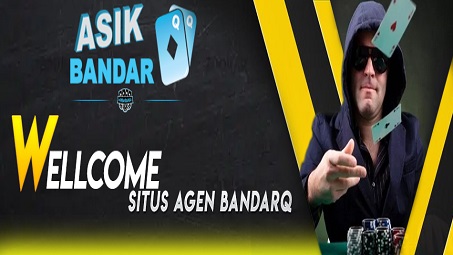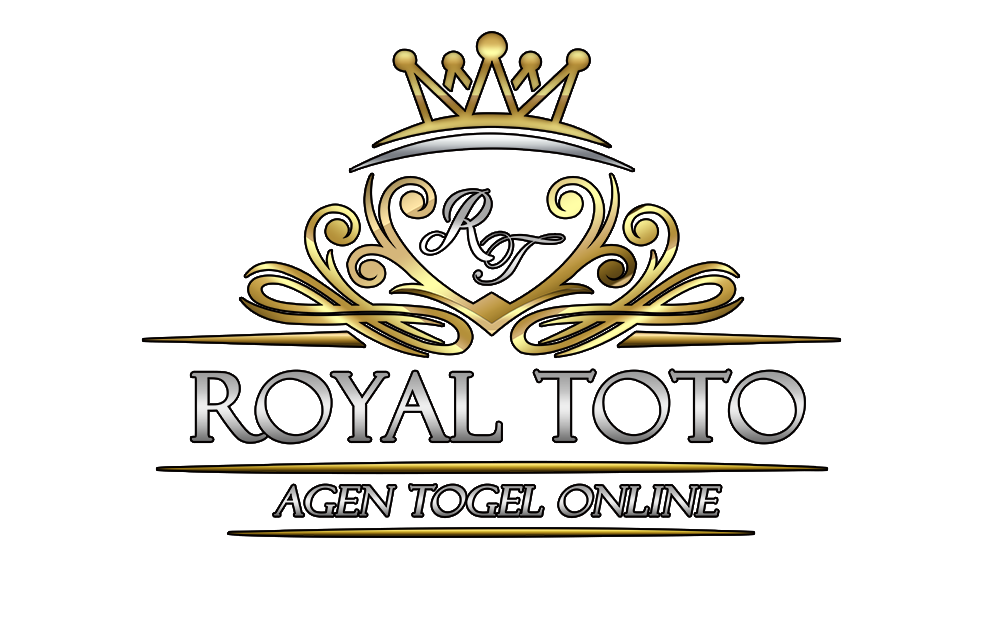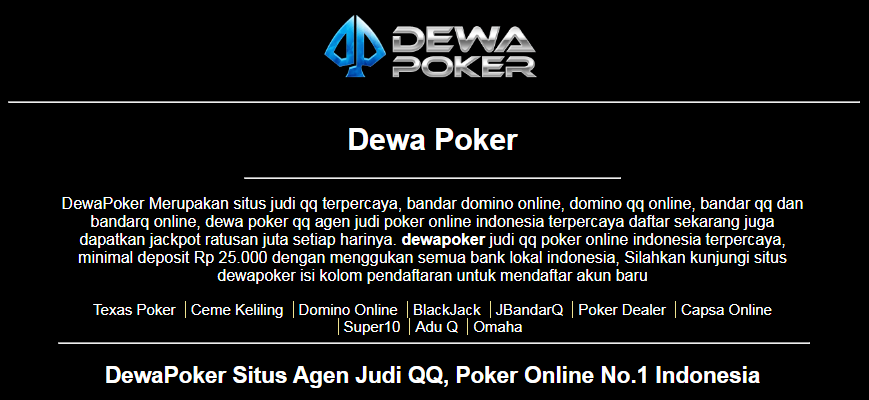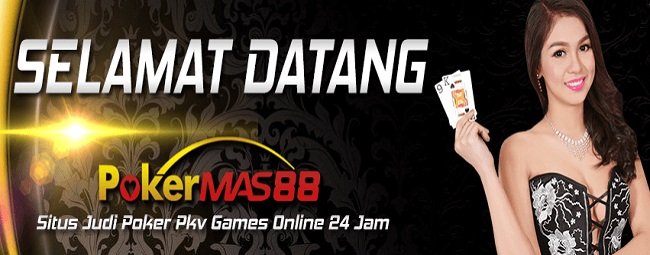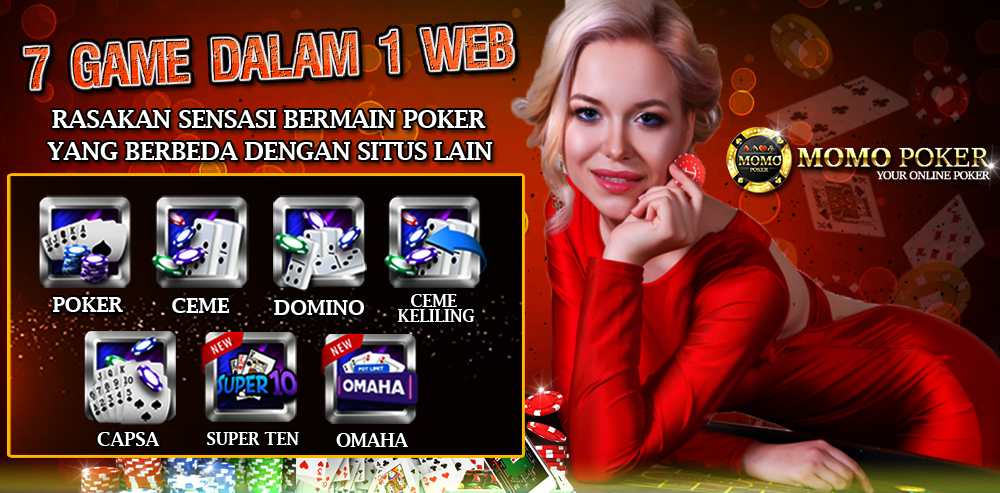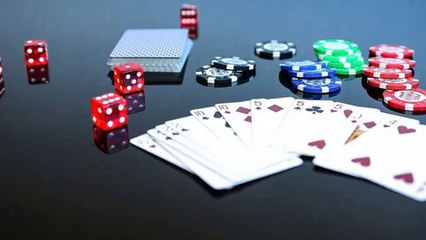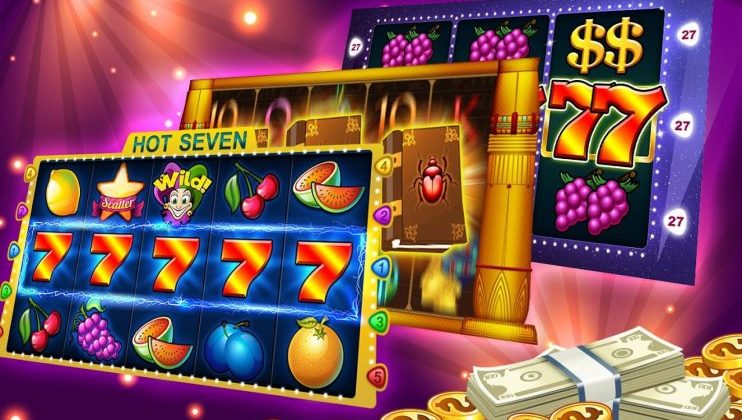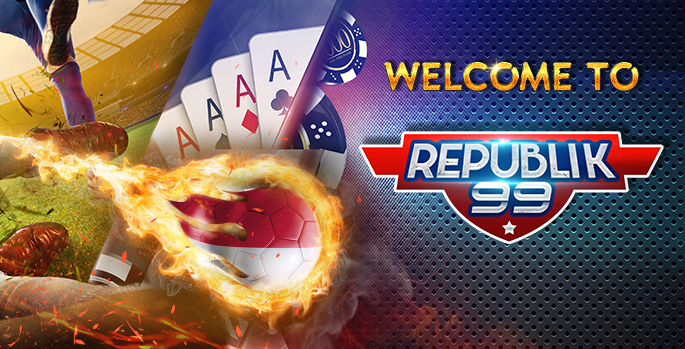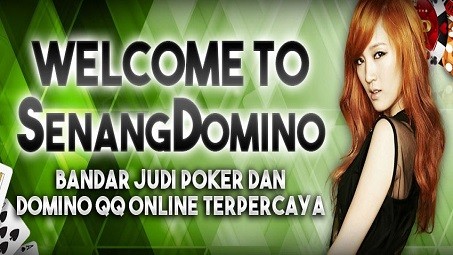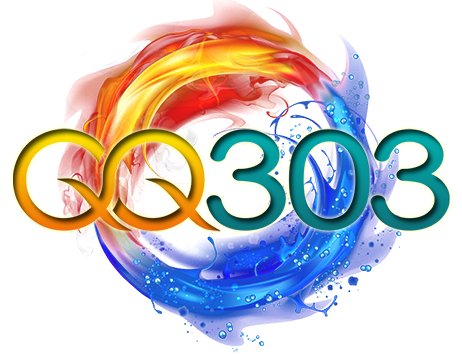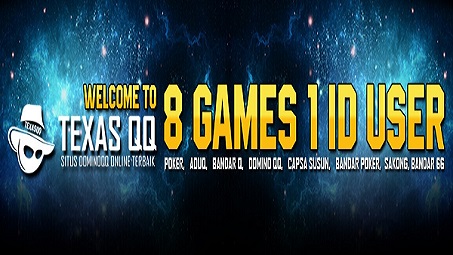INTRODUCTION:
It requires skill, practice, and patience to develop realistic characters. It is equally difficult or almost impossible to craft a story without a living being, even if it be a personified animal, as occurs in Richard Bach’s “Jonathan Livingston Seagull.”
DEFINITION:
“Stories often arise out of a deep consideration of how character is formed and how it is pulled apart,” according to Mark Baechtel in “Shaping the Story: A Step-by-Step Guide to Writing Short Fiction” (Pearson Education, 2004, p. 79). Characterization arises from the features of a person’s psyche and personality, both of which make him what he is and therefore motivate him to do what he does in the story or novel, whether it be good or bad. It is not merely what the person looks like. Instead, this portrayal is most effectively achieved through demonstration or the proverbial “show, don’t tell” philosophy of literature นิยายอีโรติก.
PERSONALITY:
From a psychological perspective, personality implies a consistency or continuity of actions, ways, thoughts, and feelings within a person. Whatever he does, feels, or thinks originates from within him. It becomes a reliable method of predicting behavior. “The best predictor of future behavior is past behavior.” Personality also implies that a few commonly exhibited traits serve as the summary of what a person is like.
“Describing a person’s personality is trying to capture the person’s essence,” according to “Perspectives on Personality” ((Allyn and Bacon, 1992, p. 3). “It involves crystallizing something from various bits of knowledge you have about the person. Describing someone’s personality almost always means taking a great many behavioral characteristics and reducing them to a more restricted set of qualities or attributes. Evidence about personality comes partly from what people do and say at various times, but it’s also partly a matter of how people do what they do-the style that brings a unique and personal touch to their actions.”
“Personality has been a topic for theologians, philosophers, artists, poets, novelists, and songwriters, and many of these people have had important insights about personality,” the textbook continues (p. 9).
CHARACTER CATEGORIES:
There are several character categories, as follows.
1). Protagonist: The protagonist is the story’s central or main character. It is the one around which the plot revolves and to whom all the action and adversity is directed. It is the person who faces the obstacles and conflicts he must overcome to reach his goal.
Ideally, a story should have a single protagonist. He may not always be admirable-for example, he can be an anti-hero; nevertheless, he must command involvement on the part of the reader, or better yet, his empathy. He is the person in the story or book with whom the reader sympathizes or for whom he roots. Protagonists should be complex and flawed. They do not, by definition, need to be likeable, but they should be relatable and believable. The reader should understand their choices.
2). Antagonist: The antagonist serves as the protagonist’s opponent and can often be considered the “bad guy” in the story, whose action arises from the conflict between the two. This is aptly illustrated in “The Wizard of Oz “in which the struggle between Dorothy and the Wicked Witch of the West plays out until she triumphs over her with her death and brings her broom to the wizard.
The antagonist does not have to be a person at all, but may be an animal, an inanimate object, or even nature itself. For example, the antagonist of Tom Godwin’s story, “The Cold Equations,” is outer space.
An antagonist should also be a “round character.” Simply making him evil is not as interesting as making him or her conflicted. Pure evil is difficult to believe in fiction, since people are multi-faceted and inspired by their own situations and back stories. Therefore, putting time into describing your antagonist and showing his or her own struggles will create a richer and more complex narrative. Just as a protagonist should not only be good, an antagonist should not only be bad.
3). Round character: A round character is one who is complex and perhaps even contradictory. “The test of a round character is whether he is capable of surprising in a convincing way,” according to E. M. Forster. If a flat character can be summed up in a sentence or two, a round character would probably take an essay.
4). Static character: A static character is one who does not develop. Most characters in a story should be static, so that the reader is not distracted from the significant changes the author needs to illustrate and demonstrate in relation to his main or central character. Static implies constant, without change. It does not indicate boring.
5). Stock character: A stock character is both a stereotypical one and a distinct type of flat character who is instantly recognizable to most readers, as in the Brave Starship Captain or the Troubled Teen or the Ruthless Businessperson. In the hands of a clumsy writer, the stock character never rises above the cardboard stereotype, which is unfortunate. Even as clichés encapsulate a kernel of truth, so do stock characters reflect aspects of real people. Courage, for example, is required of military personnel, while people in business act ruthlessly at times in order to survive in that Darwinian world.
6). Cardboard character: A cardboard character can be considered a stereotype, mannequin, drone, or an otherwise uninteresting representation of a real character.
7). Developing character: A character can be considered “developing” if he changes over the course of the story, the prime example of which is the protagonist, who should always be subjected to this novel-long metamorphosis.
8). Flat character: A flat character is one who is portrayed as having only one or two traits. He can, in essence, be summed up in a single sentence. Do not be put off by this definition, however, since every story needs some of these to support the plot and the protagonist. Many successful ones, such as Charles Dickens’ A Christmas Carol, have nothing but flat ones.
9). Sympathetic character: A sympathetic character is one whose motivations readers can understand and whose feelings they can comfortably share. This is the kind of character of whom naive readers will say “I could identify with her.” The protagonist is often, but not always, sympathetic. Note that a sympathetic character does not always have to be a good person. Despite the fact that Winston Smith betrays Julia and his own values by embracing Big Brother in George Orwell’s 1984, for instance, he remains a sympathetic character.
10). Unsympathetic character: An unsympathetic character is one whose motivations are suspect and whose feelings make the reader uncomfortable. The boundary between sympathetic and unsympathetic characterization is not necessarily clearly defined, however.





